Navigating the Festive March: A Guide to Holidays in the Philippines in 2025
Related Articles: Navigating the Festive March: A Guide to Holidays in the Philippines in 2025
Introduction
With great pleasure, we will explore the intriguing topic related to Navigating the Festive March: A Guide to Holidays in the Philippines in 2025. Let’s weave interesting information and offer fresh perspectives to the readers.
Table of Content
Navigating the Festive March: A Guide to Holidays in the Philippines in 2025
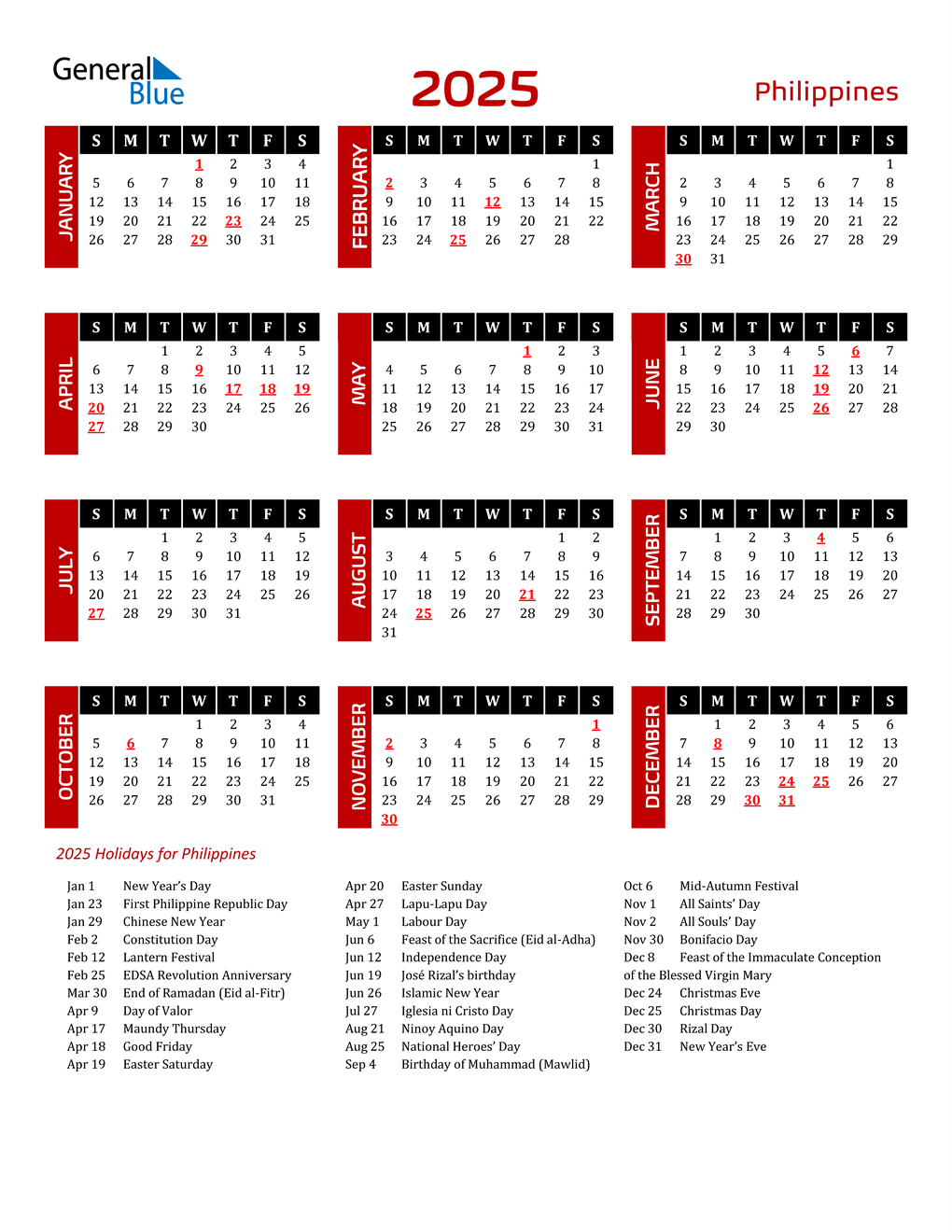
March in the Philippines is a vibrant tapestry woven with cultural celebrations, religious observances, and historical commemorations. This month offers a unique blend of festive spirit and reflection, making it an ideal time to experience the diverse tapestry of Philippine culture.
Understanding the Calendar: A Breakdown of March Holidays
March 3, 2025: National Heroes Day
This legal holiday commemorates the lives and sacrifices of Filipino heroes who fought for the country’s freedom and independence. It is a time for reflection and gratitude, often marked by patriotic displays, historical exhibits, and educational programs.
March 25, 2025: Annunciation of the Lord
A significant religious holiday, the Annunciation commemorates the angel Gabriel’s announcement to the Virgin Mary that she would conceive and give birth to Jesus Christ. This day is observed with special masses and religious processions, highlighting the faith and devotion of Filipino Catholics.
March 29, 2025: Araw ng Kagitingan (Day of Valor)
This national holiday commemorates the Fall of Bataan, a pivotal moment in World War II that marked the resistance of Filipino and American soldiers against Japanese forces. It serves as a reminder of the country’s resilience and courage in the face of adversity.
Beyond the Official Calendar: Regional and Local Celebrations
March also sees a vibrant array of regional and local festivals that add color and vibrancy to the month.
- Sinulog Festival (Cebu): This grand celebration in Cebu City honors the Santo Niño (Child Jesus), with vibrant street dancing, colorful costumes, and a festive atmosphere.
- Ati-Atihan Festival (Kalibo, Aklan): This lively festival in Kalibo, Aklan, is characterized by its unique tribal rituals, colorful costumes, and energetic street dancing.
- Panagbenga Festival (Baguio City): This month-long celebration in Baguio City features flower parades, cultural performances, and a variety of events, showcasing the city’s beauty and vibrant culture.
The Significance of March Holidays: A Deeper Look
These holidays serve as important reminders of the Philippines’ rich history, cultural heritage, and strong faith. They provide opportunities for Filipinos to connect with their roots, celebrate their identity, and honor their ancestors.
National Heroes Day: This holiday underscores the importance of remembering and honoring those who fought for freedom and independence. It instills a sense of patriotism and national pride, encouraging future generations to uphold the values of courage, sacrifice, and integrity.
Annunciation of the Lord: This religious holiday strengthens the faith of Filipino Catholics, fostering a sense of community and shared devotion. It allows for reflection on the teachings of Christianity and its impact on Filipino culture and society.
Araw ng Kagitingan: This day serves as a poignant reminder of the sacrifices made by Filipinos during World War II. It encourages reflection on the importance of freedom, peace, and unity, while also acknowledging the courage and resilience of the Filipino people.
Regional and Local Festivals: These celebrations showcase the diverse cultural tapestry of the Philippines, highlighting the unique traditions, customs, and artistry of different regions. They foster a sense of local pride and community spirit, promoting tourism and cultural exchange.
FAQs: Unveiling Common Questions about March Holidays
1. Are all March holidays non-working days?
While National Heroes Day and Araw ng Kagitingan are legal holidays, the Annunciation of the Lord is not a non-working day. However, some companies and institutions may opt to declare it as a holiday based on their policies.
2. What are some common activities during March holidays?
Activities vary depending on the specific holiday. For National Heroes Day, expect patriotic displays, historical exhibits, and educational programs. The Annunciation of the Lord is marked by special masses and religious processions. Araw ng Kagitingan often features parades, historical reenactments, and commemorative ceremonies.
3. How do regional festivals impact tourism?
Regional festivals like Sinulog, Ati-Atihan, and Panagbenga attract a significant number of tourists, boosting local economies and promoting cultural exchange. They offer unique experiences and opportunities to immerse oneself in the vibrant culture of the Philippines.
Tips for Enjoying March Holidays
1. Plan ahead: Research the specific events and activities related to the holidays you wish to celebrate. This will allow you to make the most of your time and ensure a fulfilling experience.
2. Be respectful: During religious holidays, dress modestly and be mindful of cultural sensitivities. Respect local customs and traditions, ensuring a harmonious experience.
3. Embrace the local culture: Engage with locals, participate in traditional activities, and savor the unique flavors of regional cuisine. This will allow you to experience the true essence of Filipino culture.
4. Support local businesses: Patronize local shops, restaurants, and businesses, contributing to the local economy and experiencing the authentic flavors of the region.
5. Be mindful of travel arrangements: During holidays, transportation and accommodation can be in high demand. Book flights and accommodations in advance to secure the best deals and avoid any last-minute inconveniences.
Conclusion: A Month of Celebration and Reflection
March in the Philippines is a month of vibrant celebrations and meaningful reflections. From commemorating national heroes and religious observances to immersing oneself in regional festivals, this month offers a unique opportunity to experience the diverse tapestry of Filipino culture. By understanding the significance of these holidays, planning ahead, and embracing the local spirit, visitors can create lasting memories and gain a deeper appreciation for the Philippines’ rich heritage.
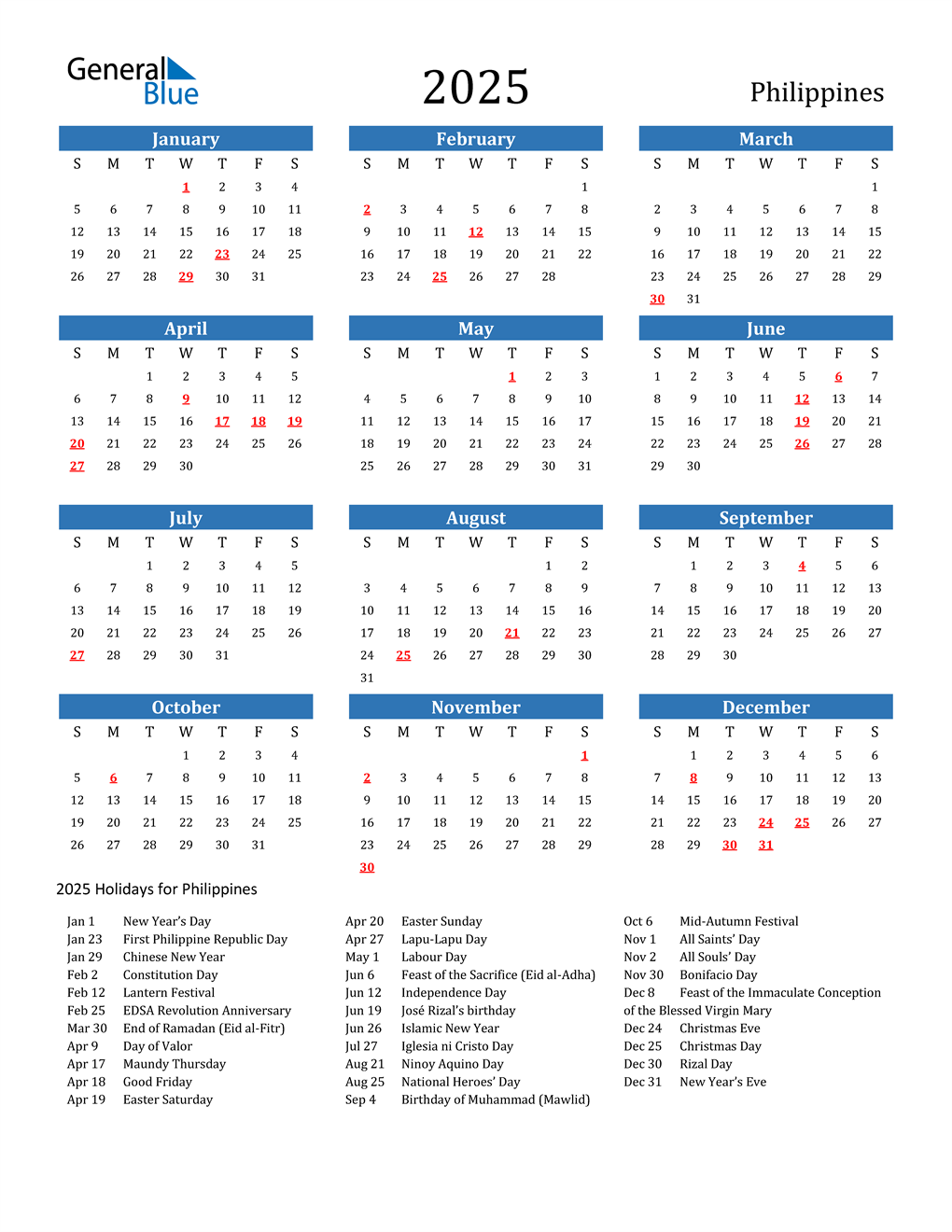
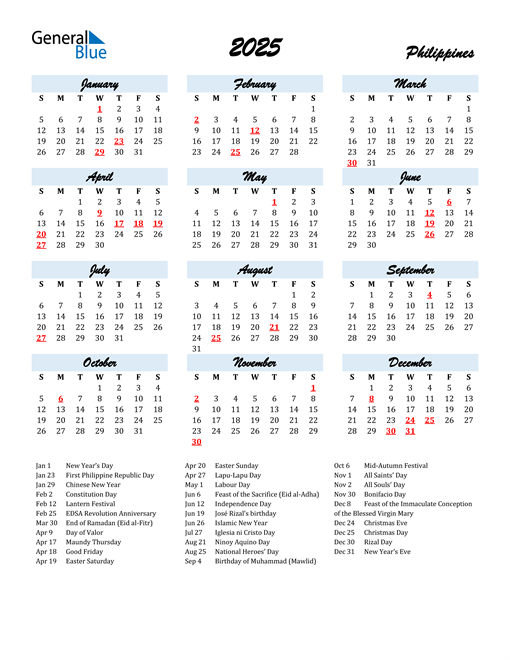
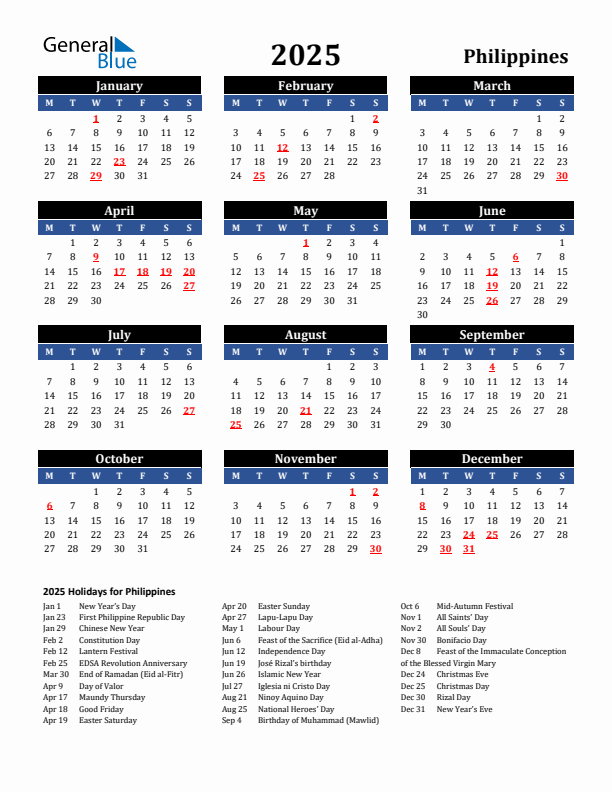

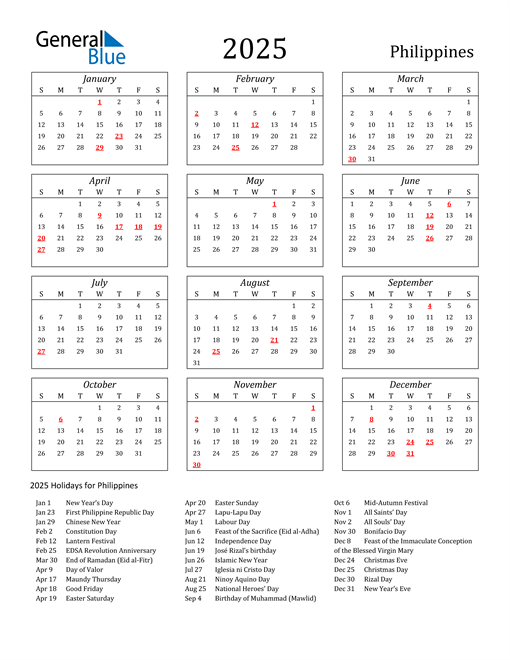
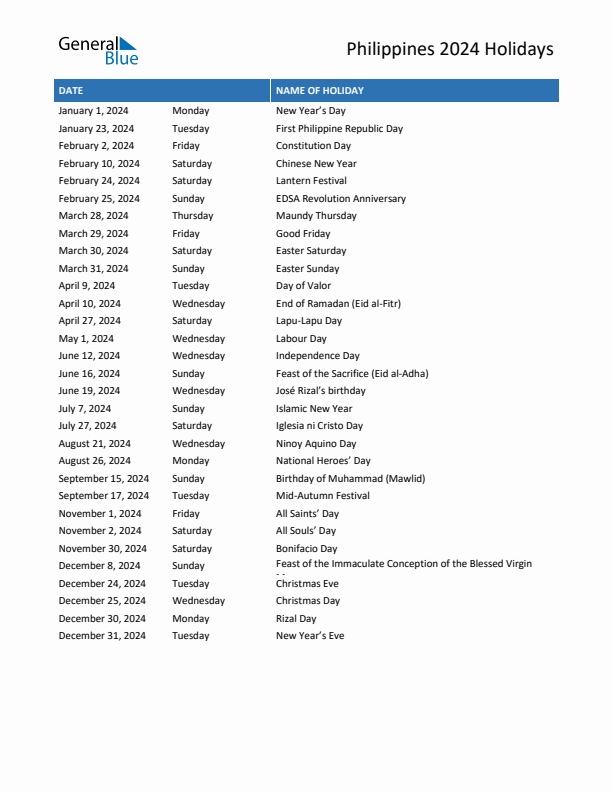

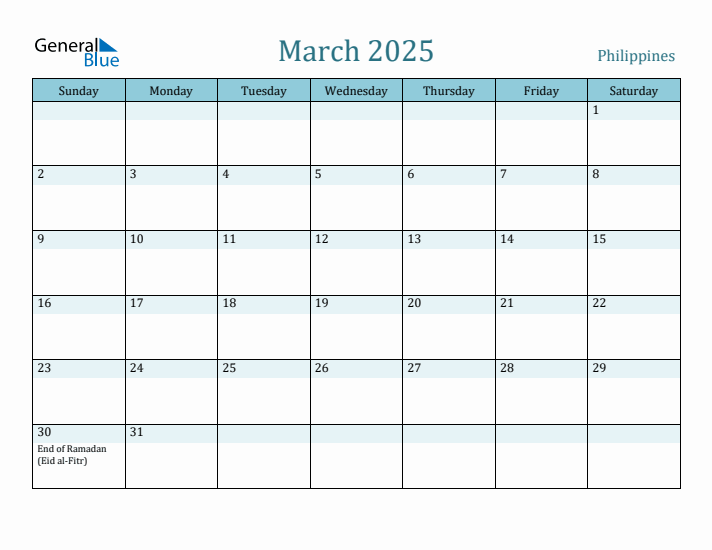
Closure
Thus, we hope this article has provided valuable insights into Navigating the Festive March: A Guide to Holidays in the Philippines in 2025. We appreciate your attention to our article. See you in our next article!